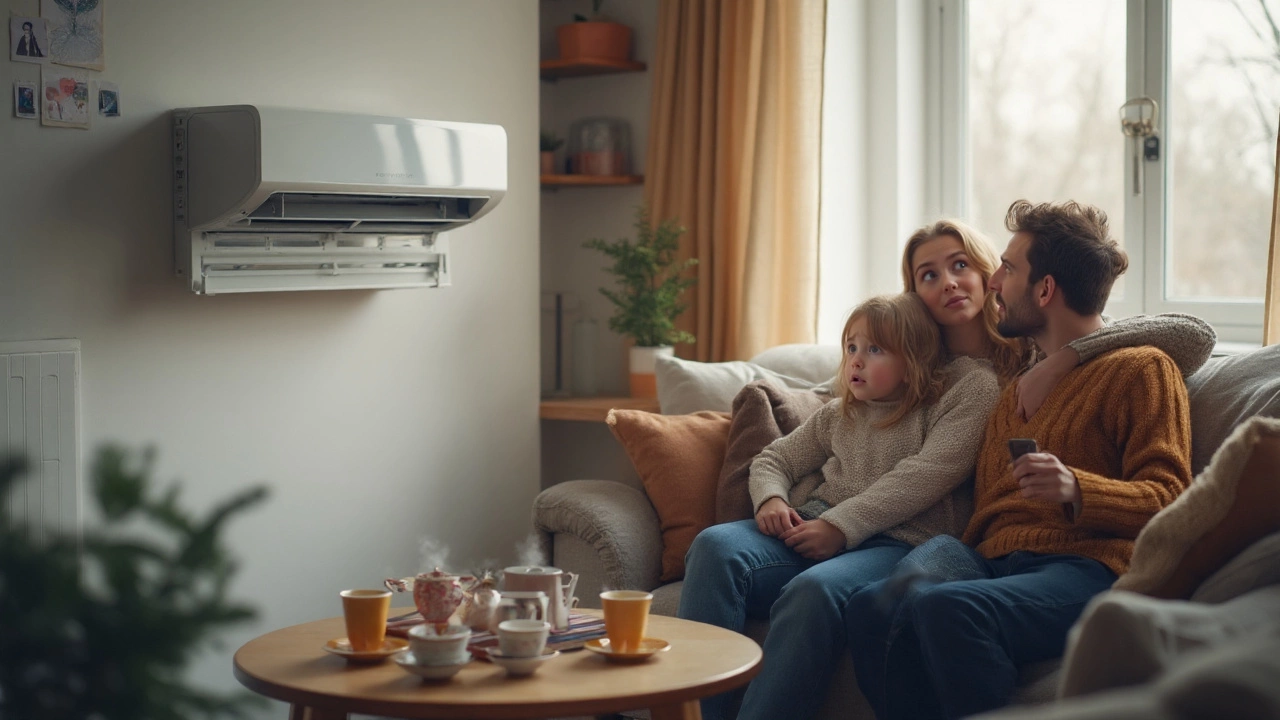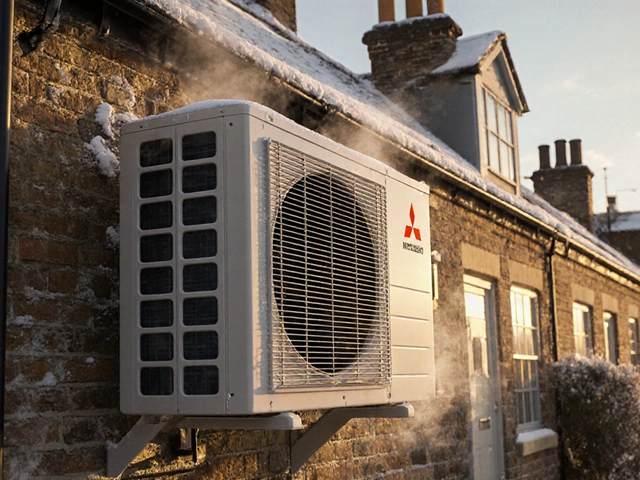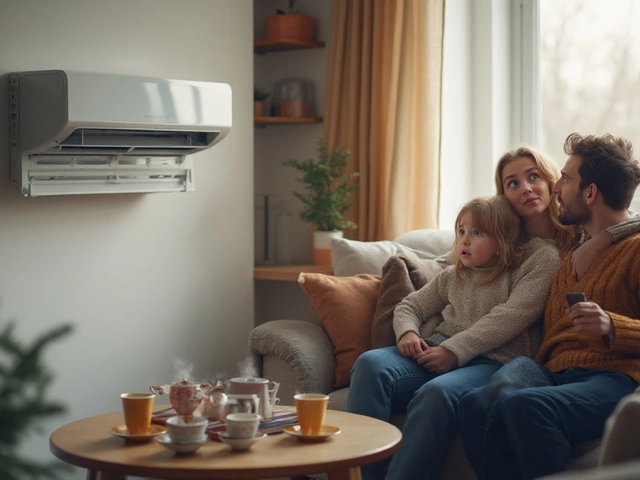Staring at the vents, waiting for warm air, but all you get is a chilly breeze? It feels almost personal, right? Your heat pump doesn’t care if it’s bone-chilling cold outside or you just want to take the edge off. When a heat pump doesn't blow warm air, it can instantly ruin your mood, especially after a long, miserable walk home. No one enjoys spending hours wrapped in sweaters, so let’s get straight into what could be making your heat pump act like it’s on vacation.
How Heat Pumps Work: Not Your Average Heater
Before you break out the toolbox or call a repair guy, it’s a good idea to understand what a heat pump actually does. These systems don’t generate heat; they just move it from one place to another. Pretty wild, huh? When it’s cold outside, your heat pump pulls in whatever heat it can find and moves it indoors. It uses refrigerant—a bit like what keeps your fridge cold—circulating through coils inside and out. The system depends on a complex dance of compressors, fans, thermostats, and sensors.
What some folks don’t realize is that even when a heat pump works perfectly, it might not crank out air as toasty as a furnace. Instead, it’ll push out air that feels like it’s just a bit warmer than the room temperature. We’re talking mid-80s Fahrenheit, rather than that 120°F blast from an old-school heater. That difference throws off a lot of people. It’s not a bug, it’s a feature—but if you’re getting room temp or flat-out cold air, something’s definitely off.
Another curveball? When outside temps take a nosedive below 35°F (about 2°C), heat pumps get sluggish. Some units kick on backup electric coils (kind of like an oven’s heating element) to help out, but not all do. So if you’re in Alaska-level weather, your heat pump might struggle or even fail to keep up. That said, newer models—those since around 2020—handle cold snaps way better than older units and might even run down to -15°F, but if yours is over ten years old, don’t expect miracles.
If you’re getting cooler air even on “heat” mode, there’s more to investigate. Sometimes heat pumps cycle into “defrost” mode to prevent the outside unit from freezing up. During this short cycle, the system reverses itself—yep, it’ll actually blow cold air inside for a few minutes. That’s completely normal, but if it happens often, or lasts longer than 10 minutes, it’s a red flag.
Why Is My Heat Pump Not Blowing Warm Air? Top Reasons and Quick Checks
Nothing’s more annoying than a heater that’s all talk and no warmth. Here are the most common culprits and ways to spot them without needing a PhD in HVAC.
- Thermostat Settings: Double-check your thermostat. It’s easy to accidentally bump it to “cool” or set the fan to “on” instead of “auto.” The fan-only setting just keeps air moving—no heat, just cold drafts.
- Dirty Air Filters: Heat pumps need good airflow. If your filter’s clogged with dust and gunk, warm air can’t make it through. Replace filters every 1-3 months, depending on pets or allergies.
- Outdoor Unit Blocked: Go check the outside condenser. Fallen leaves, grass cuttings, or ice can block airflow, making things run weak or not at all. Clear out any debris, and make sure snow isn’t piled up around it.
- Tripped Breaker or Blown Fuse: No power, no heat. Check your home’s breaker panel. Sometimes, the outdoor unit loses power separately from inside, so check both.
- Low Refrigerant: Just like your car’s AC, a heat pump needs the right amount of refrigerant. Too little, and it can’t move enough heat indoors. If you suspect this (like frost on the pipes), call a pro—handling refrigerant without a license is illegal in most places.
- Defrost Cycle: Every heat pump has to defrost itself in winter. When this happens, it temporarily blows cold air indoors. If it’s happening too often, the temperature sensor or defrost system might be shot.
- Malfunctioning Reversing Valve: This fancy valve lets your heat pump swap from heating to cooling. If it’s stuck or broken, the system might be blowing air in the wrong direction.
- Dirty Coils: Those indoor and outdoor coils need to be pretty clean to transfer heat well. If they look dusty, greasy, or iced up, they aren’t doing their job. Cleaning these can bring back some lost warmth.
- Old or Weak Backup Heat: On especially cold days, some units use resistance heaters. If these fail—or the unit is wired wrong—you’ll miss out on that extra bump of heat when you need it most.
- Faulty Thermostat: If your thermostat isn’t reading temperatures right, your unit will think it’s done heating way before it really is. Sometimes it needs new batteries, sometimes it’s broken—either way, it’s a cheap and easy fix compared to a new compressor.
Don’t ignore weird smells or funky noises. Burning smells or clanging from inside the system means you should shut things down and call someone fast—these could be electrical problems or failed mechanical parts.
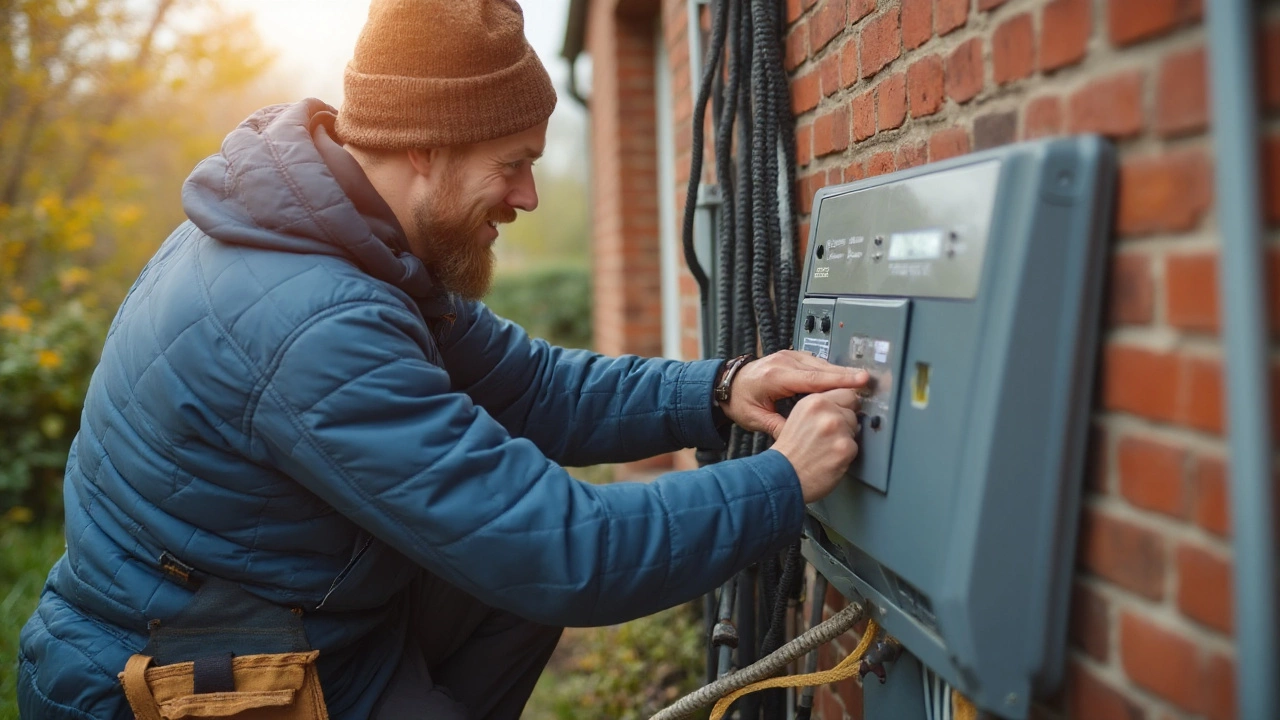
Digging Deeper: Diagnosing Heat Pump Problems Like a Pro
Okay, so the quick checks didn’t turn up an easy win. That’s frustrating, but you don’t have to give up yet. With a little time—and maybe some elbow grease—you can track down most problems before dropping big money on a technician.
Start with the vents themselves. Hold your hand right up to the grille while the system’s running on “heat.” If the air feels only a bit warmer than the room, that can actually be normal. Many people expect a blast of hot air, but heat pumps are more subtle. Try using a thermometer—if the vent air is 15-30°F above room temp, your pump is probably working as it should.
If it’s blowing the same temperature as the room, or even colder, next up is to check the outdoor unit. Is the fan spinning? If not, you might have a power or motor issue. Listen for any buzzing or clicking—sometimes relays fail, and you’ll catch a click every time the unit tries to start (but fails to run).
Take a look at the refrigerant lines—if you see frost, ice buildup, or even a block of ice on the coils, your heat pump’s having a bad day. This can be low refrigerant, dirty coils, or a faulty defrost timer. Try turning the system off and letting the ice melt (never use a hammer or knife, that can wreck it). If it ices up again, it’s probably time to call for help.
If the outdoor unit is groaning but not starting, safely check your breaker panel. Often, a heat pump uses two circuits—one for the outdoor compressor, one for the air handler inside.
Still nothing? Don’t forget about settings—heat pumps these days have all sorts of “energy saver,” “eco,” and “time delay” features. Sometimes, they won’t run if they think the demand is too low. Play around with the thermostat’s settings, and double-check for software errors by powering down the system for a few minutes, then restarting it. You wouldn’t believe how often that works.
If you’ve run through all this and the heat pump still isn’t impressing you, check your owner’s manual for any blinking lights or error codes. A lot of modern thermostats and heat pump control boards flash patterns to tell you what’s up, so jot it down and look it up in the manual or manufacturer’s troubleshooting site.
When to Tackle Repairs and When to Call For Help
Plenty of heat pump issues are well within reach for a handy homeowner. Swapping filters, clearing leaves, or flipping a tripped breaker? Go for it. Even cleaning off indoor or outdoor coils (using a soft brush and a hose, with the power off) is doable for most folks.
Where it gets dicey is with anything involving refrigerant. Laws make it illegal—and unsafe—to fiddle with refrigerant lines, pressure switches, or compressors unless you’re certified. If you notice oil stains around the outdoor unit, hissing, or a strong chemical odor, stop and call in a pro.
Broken reversing valves, dead fans, or worst-case, a failed compressor? Those are deep end repairs that almost always need specialized parts and tools, plus a walloping service bill. If your heat pump is more than 15 years old, it may be worth crunching the numbers—a whole new unit can be cheaper and more efficient than patching up a senior-citizen system.
Thermostat upgrades can be a sweet spot. If yours is ancient or keeps acting weird, modern programmable stats often bring obvious improvements. Just turn off your breaker, take a picture of the old wiring, and follow the included step-by-step instructions. Easiest fix you’ll make all year.
If you’ve tried everything reasonable and still have no joy, keep your repair logs. Some manufacturers and home insurance companies want proof you’ve been maintaining things. Documenting things with photos and notes can get you a better deal on a warranty repair—don’t laugh, it adds up.
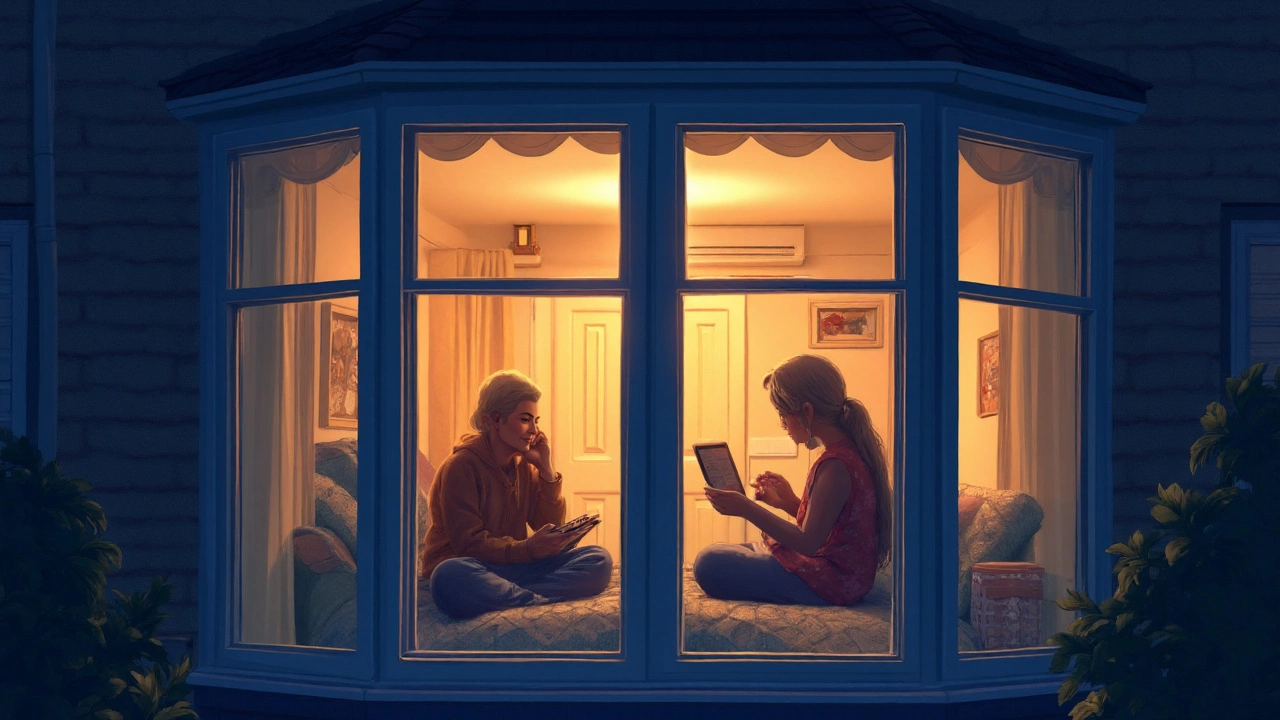
Boosting Heat Pump Performance and Avoiding Future Freezing Nights
If you’ve ever felt let down by your heat pump, you probably wondered how to keep this from happening again. Regular maintenance is your best defense. Mark your calendar to check and change air filters every month during heavy use. Clean both the indoor ductwork and the outdoor unit at least twice a year—spring and fall are perfect times.
Want to stretch your budget and your warmth? Weather-strip your windows and doors, seal up gaps around utility pipes, and add insulation in spaces like attics and crawl spaces. Every degree you keep inside makes life way easier for your pump.
Smart thermostats are worth every penny if you like convenience (and saving cash on your energy bill). They learn your schedule, give you usage reports, and some even warn you when something’s wrong. A WiFi thermostat can catch a heat pump going rogue before you notice the chill yourself.
Older units benefit from a yearly professional inspection. Why? Because the pros can catch refrigerant leaks, electrical issues, and worn-out parts way before you’re freezing your toes off. Some utility companies even offer reduced-price or free inspections—check your local providers.
If you live somewhere with brutal winters, consider investing in a cold-climate heat pump. These units use advanced technology—including variable-speed compressors and stronger defrost cycles—to work efficiently in temperatures well below freezing. They cost more up front, but the payoff is real: consistent warmth and lower utility bills. The US Department of Energy says that ENERGY STAR certified cold climate heat pumps can slash your heating costs by up to 50% compared to old electric baseboards or furnaces.
Don’t forget tech upgrades. Smart vents, room sensors, and zoning add-ons can help balance out any cold spots in your house. Being able to direct more heat where you hang out the most—like your living room or bedroom—will make life during winter much more comfortable. And if you ever sell your home, buyers love smart, efficient heating systems.
If there’s one thing to remember: a heat pump not blowing warm air is almost always a fixable problem, usually with some simple maintenance or quick detective work. Sometimes you’ll need expert backup, but don’t let the mystery drag on—your toes, and your wallet, will thank you for being proactive.

